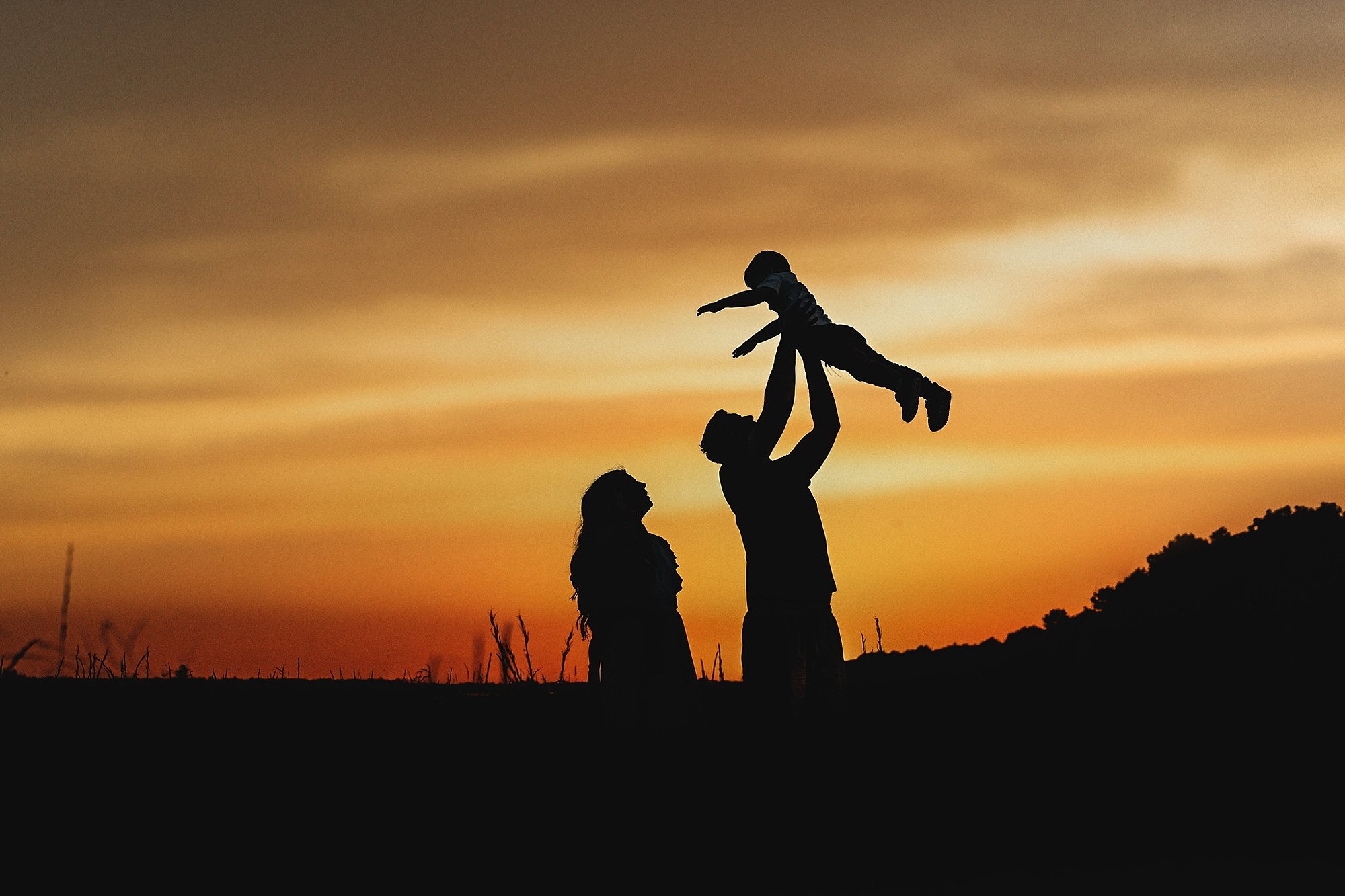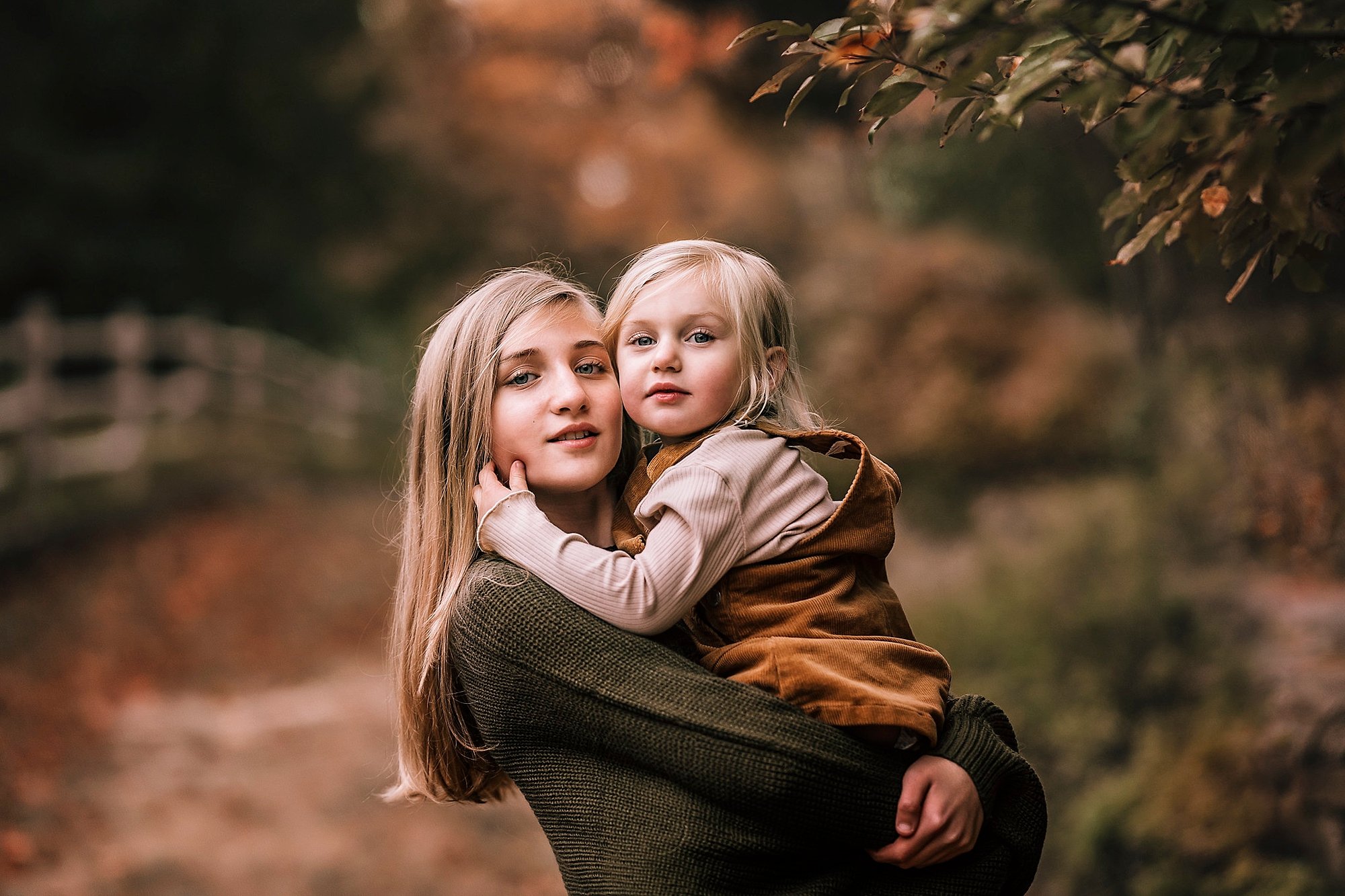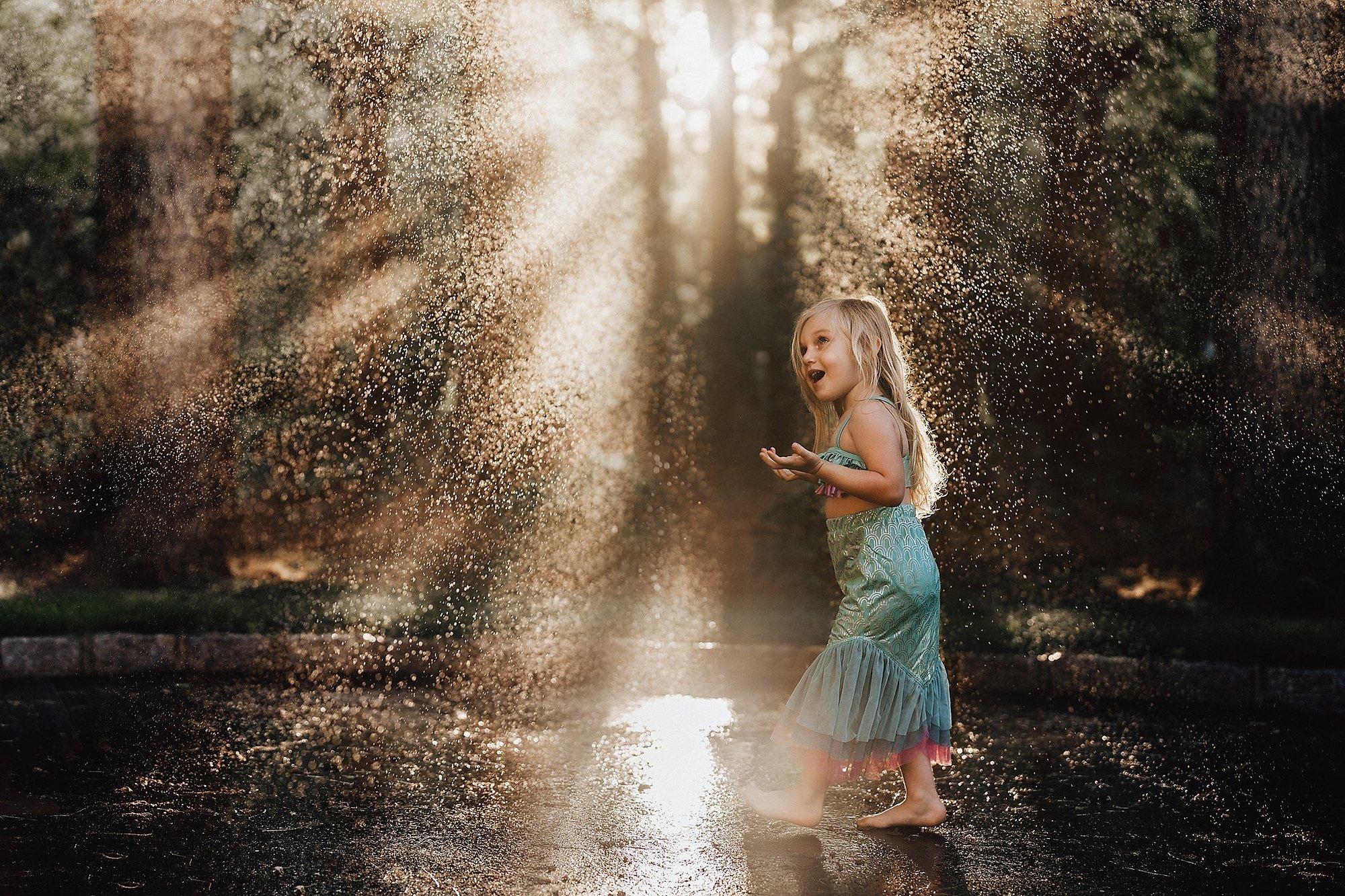Let's talk about light! - Suffolk County Long Island Photographer | Hello Olivia Photography
When it comes to photographing people outside - not all light is the same, or created equal. The time of day and type of lighting conditions affect every aspect of a photo shoot.
While I always enjoy the challenge of shooting in a variety of lighting situations, certain types of light have some seriously amazing qualities that are unique to them.
Want to learn to see the light?
Let’s talk about it.
Blue Hour
While not an hour per se, it’s the period right before sunrise and sunset. This is by far the best time to capture silhouettes. There is just enough ambient light to capture a brilliant sky while casting all else into shadow. It’s quite possibly one of my favorite things.
Mid Day Sun
Light from mid day sun tends to be harsher, harder and more dramatic than the soft lighting of the morning and evening. It gets a horrible reputation for being difficult to work in.
While the shadows can be a bit harsh head on, this type of light is bold, contrasty, has amazing detail and packs a very colorful punch when you expose for the highlights as opposed to the midtones of an image. It’s my favorite type of light for documentary and storytelling imagery.
Open Shade
This type of lighting is probably my most used lighting. It’s just perfect in every why as far as I’m concerned.
This type of lighting offers soft, flattering light. While the light of mid day sun can be dramatic and brash, open shade, on the other hand provides even, soft lighting that is very pleasing to skin tones and provides lovely sparkling catch lights in the eyes.
Golden Hour
This refers to the light after just after sunrise, and the light before sunset. It’s when the sun is low and close to the horizon. It provides a beautiful soft, glowing light – magical even… it’s the the kind of light that photographers dream of. Since the sun is so low, the light is soft, warm and provides amazing dimension and contrast.
Good lighting is one of the most important factors to a great photograph. Being able to identify the different types of lighting and knowing their strengths and limitations will aid you in creating eye catching imagery.
























